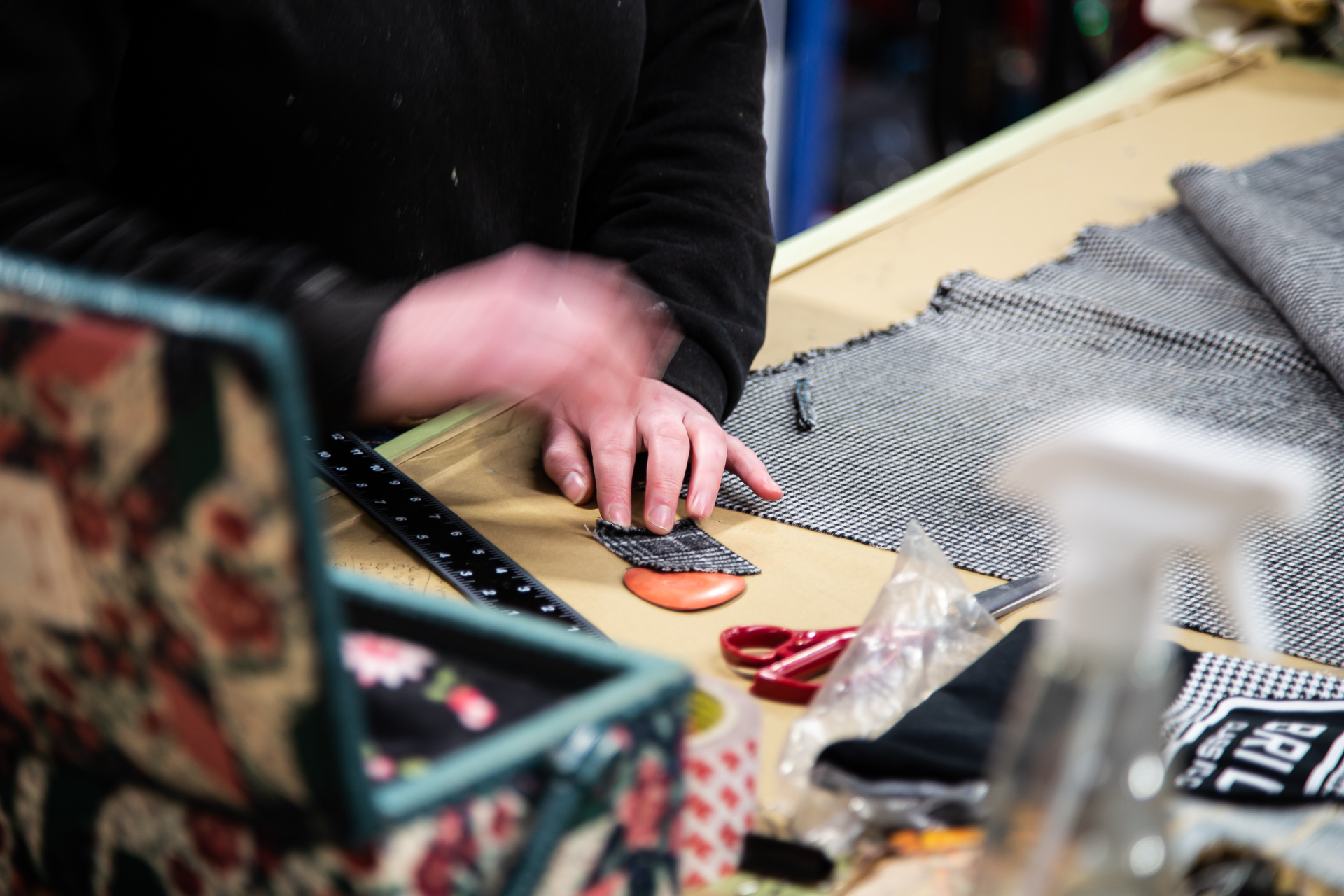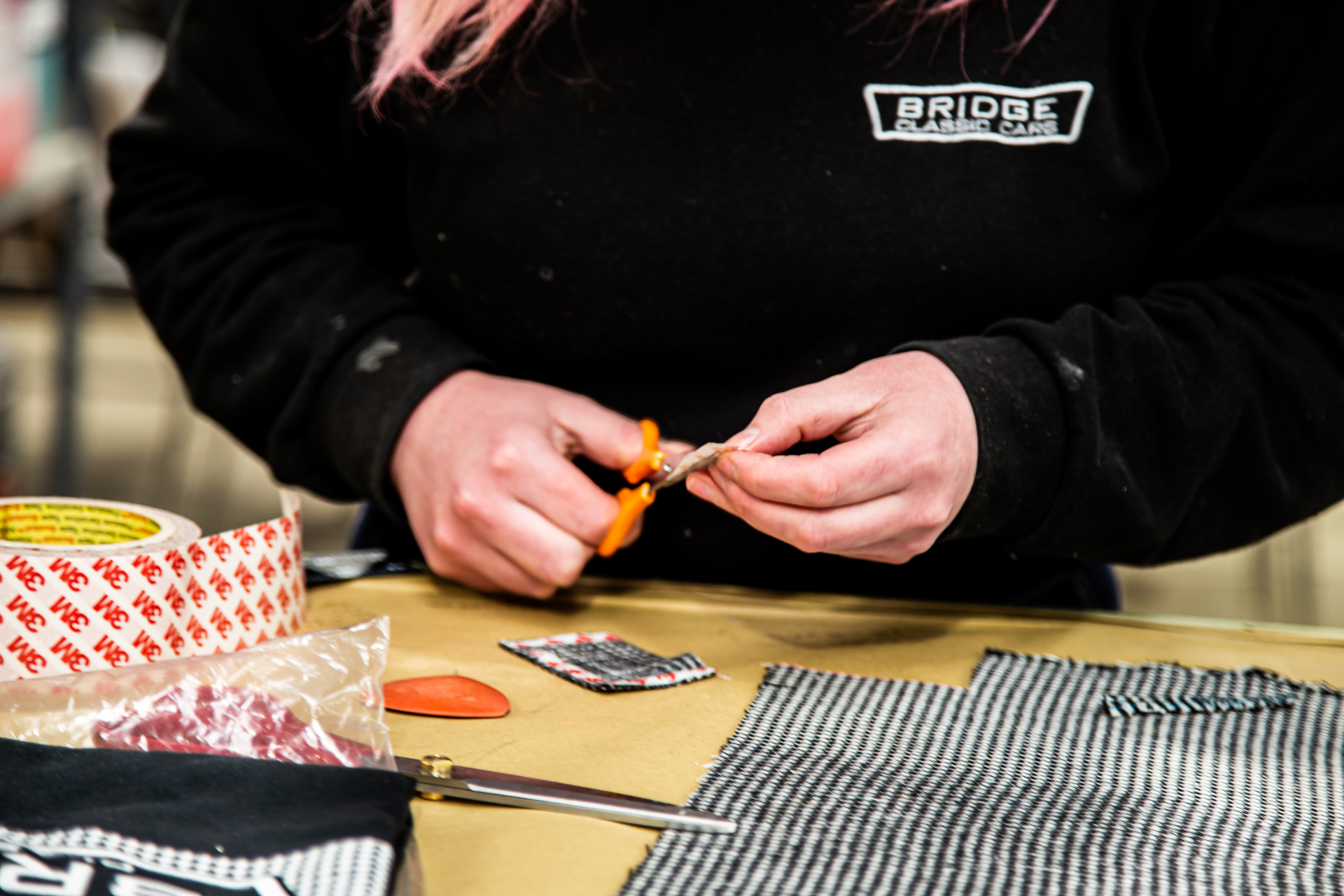



Some of you may have seen the Houndstooth pattern on our limited edition T-shirts but do you know why we chose the iconic pattern which has its roots going back over 1500 years and has been used in some of the most sought-after interiors? Well, we thought we would talk to you about it.
The history of houndstooth begins in Scotland with wool weavers in around 400AD. A little-known fact about the timeless pattern is that it’s apparently considered a form of tartan. Known as the ‘Border Tartan’, Houndstooth was connected to a band of settlers along the English/Scottish borders but is more widely associated with its boom in the late 19th-early 20th century. It’s also a form of camouflage! Being part of the inspiration for World War 1 dazzle paint schemes due to its angular and intersecting lines, it can make an object appear smaller or further away than it truly is.
But, where did it all start in terms of being used in modern fashion and ultimately in the interiors of some of legendary sports cars?
In the 1910s, 1920s and 1930s, the Houndstooth pattern was adopted by the upper classes as a form of ”country clothing” alongside the ever-popular Prince of Wales Check and the now infamous Tweed. After somewhat falling from favour, in the late 1940s Christian Dior would use the historic pattern in a modern way which inspired others to find its uses and applications. Houndstooth would find its way from interior design, footwear and overwear for the next 25 years in high fashion across the world. This makes sense when you think about a certain German sports car maker who wanted a more modern interior for their newest model.
In terms of its use in car interiors, the first widely accepted use of the pattern (or actually a variation on the design) was by Porsche during the production of the 356. Porsche had a series of variants of the classic houndstooth look for their interiors. This series of Houndstooth styles would be used all the way from the 1950s until the early-1970s with the famous Pepita Recaro seats. The houndstooth style inserts for Porsche would see a massive resurgence in the 1980s and 1990s, with their ”Dazzle” patterns so synonymous with the decades of excess and statements.
Even to this day, a modern Porsche 992 can be ordered with a ”houndstooth” interior, harking back to its earliest days with the pattern gracing the seats of true driving machines. World-class artisans Singer Vehicle Design also has the ability for clients to spec their bespoke 911s with a houndstooth pattern in their own unique colour.
So there you have it, the history of Houndstooth and its role in the interiors of Porsches. And now, it’s part of our history too with our limited edition Houndstooth T-Shirts.
